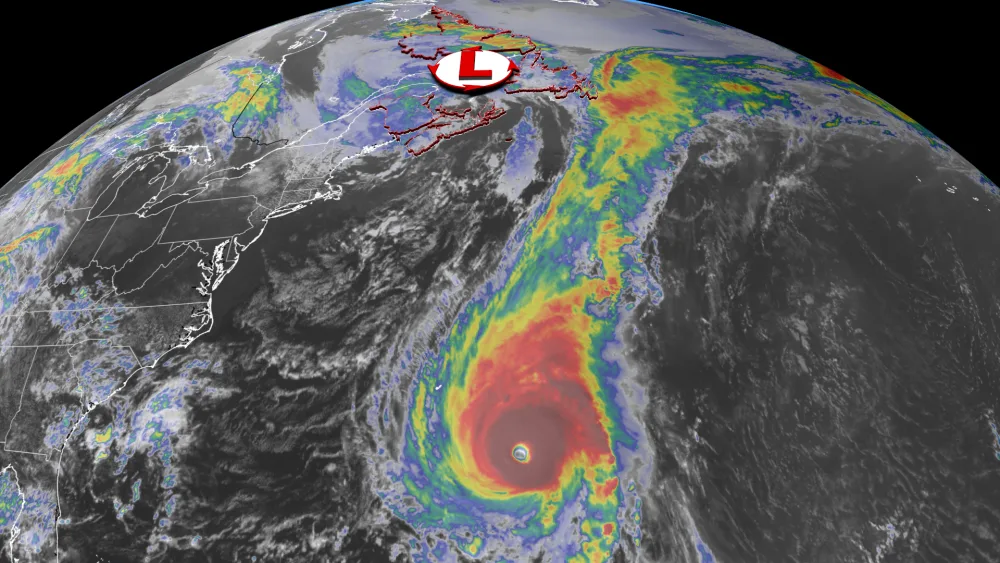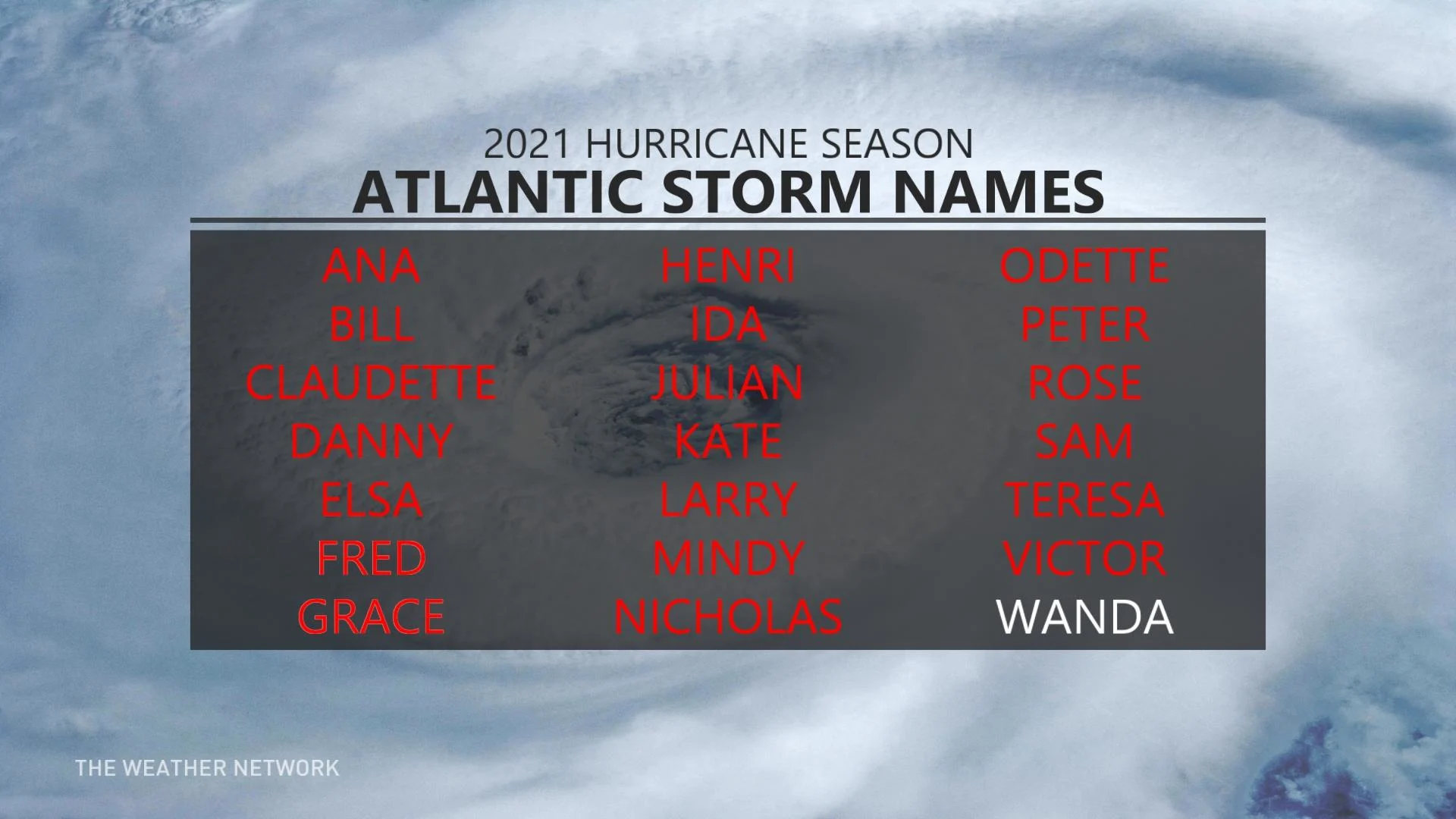
Hurricane Sam could bring swells, gusty winds as it brushes Newfoundland
Hurricane Sam should stay well east of Newfoundland, but the fringes of the storm will creep close enough to bring rough seas and gusty winds to parts of the island.
Hurricane Sam is one powerful storm. The system strengthened a little more during the day on Friday, and it remains a high-end Category 4 storm as it traverses the central Atlantic Ocean east of Bermuda. While the system should steer clear of Atlantic Canada, parts of Newfoundland should remain on alert through early next week.
MUST SEE: A drone sailed into the centre of Hurricane Sam to make future forecasts even better
Friday evening’s update from the U.S. National Hurricane Center (NHC) found Hurricane Sam about 345 km east-southeast of Bermuda, moving north at around 31 km/h. The storm remains at Category 4 strength, with winds of 240 km/h.
"Although fluctuations in intensity are still possible today, weakening is forecast during the next couple of days. However, Sam is expected to remain a major hurricane through at least Saturday night," the NHC says.

Sam first became a major hurricane – which is to say, Category 3 strength or higher – last Saturday. If it maintains its major status by Sunday, it will be the fifth longest-lived major Atlantic storm on record.
The agency’s latest forecast calls for Sam to stay the course as it tracks through the central Atlantic Ocean, slowly picking up speed through this weekend as it rounds the edge of a ridge of high pressure over the northeastern Atlantic.
Swells generated by Sam will impact the northern Leeward Islands and the Greater Antilles, including Puerto Rico, during the next couple of days. Swells are expected to reach Bermuda and the Bahamas later Friday, and then spread to the United States East Coast and Atlantic Canada this weekend.
Sam is the seventh hurricane of the 2021 Atlantic season. Hurricane season traditionally runs from the beginning of June through the end of November.
SAM TO VEER EAST OF NEWFOUNDLAND, BUT WITH DANGEROUS SEAS STILL EXPECTED
Forecasters continue to closely watch Sam for potential Canadian impacts, especially with the recent damage in Newfoundland from Hurricane Larry.
Hurricane Sam will slowly weaken and lose its tropical features as it tracks into the north Atlantic early next week, but Sam will continue to produce hurricane force winds through Tuesday of next week.
"The track of Sam will keep the storm well east of Newfoundland, but close enough to bring showers, wind gusts of 60-80 km/h, and very dangerous seas to the eastern coastline of the island," says Dr. Doug Gillham, a meteorologist at The Weather Network.

The remnants of Sam will track east across the northern Atlantic as a powerful post-tropical storm during the middle of next week.
RELATED: Hang on safely through the Atlantic hurricane season with these tips
Sam isn’t the only storm in the Atlantic anymore either.
Tropical Storm Victor formed in the far eastern Atlantic Ocean on Wednesday. Victor was quite disheveled on Friday night, and the system should slowly weaken over the next couple of days. The system will remain far out to sea and should pose no real threat to land.

Following Victor’s formation, there’s just one name left on this year’s list of Atlantic storm names. The next and final name on the list is Wanda.
Once we exhaust this year’s official list of names, all subsequent storms will be named using an alternate list, beginning with Adria. This will be the third year since 2005 where such an overflow will occur, and the second in a row.
LOOK AHEAD: Hurricane season is heating up again. What happens when we run out of names?
With its 20 named storms, this year is tied for third place (with 1933, in the pre-satellite era) for most active hurricane season on record, with two months left to go. 2020, with its 30 named storms, remains in the top spot.
"Unfortunately, we have not reached the end of the tropical season - it looks like our hyperactive hurricane season will continue well into the second half of October," Gillham says.
Be sure to check back for the latest updates on the Atlantic hurricane season.











